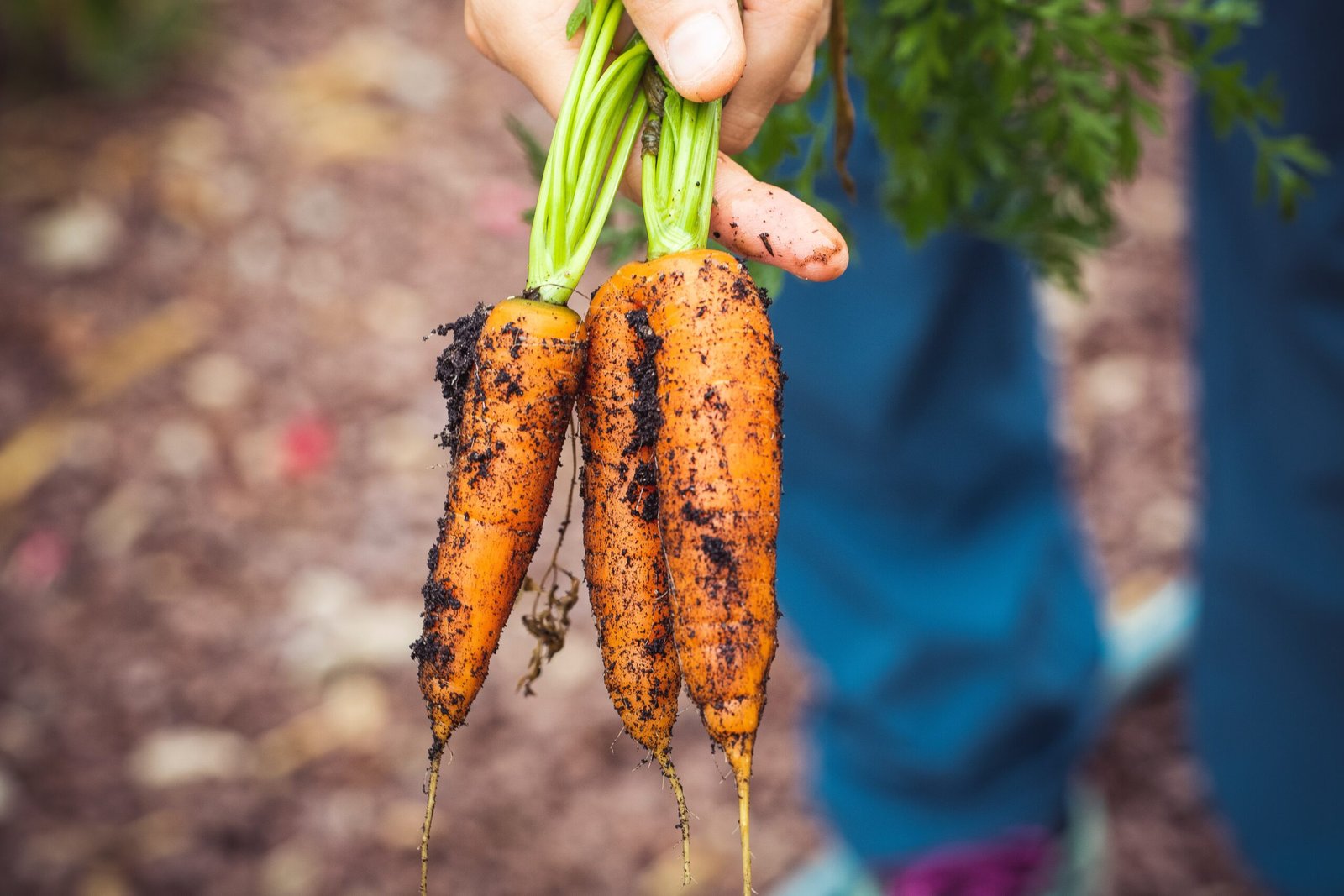Introduction
Top 10 Ways to Improve Food Sustainability through Farm-to-Table Practices
As concerns about the environmental impact of our food systems continue to grow, many individuals and communities are turning to farm-to-table practices to promote sustainability. Farm-to-table refers to the direct sourcing of food from local farms and producers, minimizing the distance between the source and the consumer. This approach not only supports local economies but also has a positive impact on the environment.
By understanding the latest trends and incorporating farm-to-table practices in our daily lives, we can contribute to a more sustainable food system. In this blog post, we will explore the top 10 ways to improve food sustainability through farm-to-table practices, backed by current trends and the latest news in the industry.
1. Support Local Farmers and Producers
One of the fundamental principles of farm-to-table practices is supporting local farmers and producers. By purchasing directly from them, we reduce the carbon footprint associated with long-distance transportation. Additionally, this supports the local economy, ensuring that farmers receive fair compensation for their hard work.
For example, instead of buying imported tomatoes from a supermarket, consider visiting a local farmer’s market to purchase freshly harvested tomatoes from nearby farms.
2. Reduce Food Waste
Food waste is a significant issue contributing to environmental degradation. According to recent data, approximately one-third of the world’s food production is wasted. By adopting farm-to-table practices, we can reduce food waste by only purchasing what we need and supporting initiatives that repurpose surplus food.
For instance, consider participating in community-supported agriculture (CSA) programs, where you receive a weekly box of fresh produce directly from local farms. This helps reduce waste by ensuring farmers only grow what is needed.
3. Embrace Seasonal Eating
Eating seasonally is an essential aspect of farm-to-table practices. When we consume fruits and vegetables that are in season, we reduce the energy required for transportation and storage. Additionally, seasonal produce tends to be fresher and more flavorful.
For example, during the summer months, focus on enjoying locally grown berries, melons, and tomatoes. In the fall, savor the abundance of apples, pumpkins, and root vegetables.
4. Start a Home Garden
Starting a home garden is an excellent way to connect with nature and promote food sustainability. By growing your own fruits, vegetables, and herbs, you reduce the need for transportation and packaging while enjoying the freshest produce possible.
Consider planting a variety of herbs, such as basil, mint, and rosemary, in your backyard or even in pots on your windowsill. You’ll have a readily available supply of herbs for cooking, eliminating the need for store-bought options.
5. Educate Yourself and Others
Education plays a vital role in promoting food sustainability. Stay informed about the latest trends, news, and research in the field. Share your knowledge with others, encouraging them to adopt farm-to-table practices as well.
For instance, organize a workshop or webinar in your community to discuss the benefits of farm-to-table practices and provide practical tips for implementation.
6. Minimize the Use of Chemicals
Conventional farming often relies heavily on chemical pesticides and fertilizers, which can have detrimental effects on the environment and human health. Farm-to-table practices prioritize organic and sustainable farming methods, minimizing the use of harmful chemicals.
When shopping for produce, look for organic certifications or choose local farmers who follow sustainable farming practices.
7. Support Sustainable Livestock Farming
Farm-to-table practices extend beyond fruits and vegetables to include sustainable livestock farming. Choosing locally sourced, humanely raised meat and dairy products reduces the environmental impact associated with factory farming.
Look for labels such as “grass-fed” or “pasture-raised” when purchasing meat and dairy products. This ensures that the animals were raised in a more sustainable and ethical manner.
8. Engage with Community Gardens
Community gardens provide an opportunity for individuals to come together and grow their own food. Engaging with community gardens not only fosters a sense of community but also promotes food sustainability.
Consider joining or supporting a local community garden. You can volunteer your time, share your gardening expertise, or even donate resources to help maintain and expand these valuable spaces.
9. Advocate for Policy Changes
Advocacy is a powerful tool to drive change in the food system. Stay informed about relevant policies and legislation related to food sustainability. Engage with local and national policymakers to voice your concerns and advocate for necessary changes.
For example, you can write letters to your elected representatives, sign petitions, or participate in peaceful demonstrations to raise awareness about the importance of farm-to-table practices.
10. Foster Collaboration and Partnerships
Collaboration and partnerships are key to advancing food sustainability. Support organizations and initiatives that promote farm-to-table practices, such as local food co-ops, farmer networks, and sustainable agriculture associations.
By working together, we can create a more resilient and sustainable food system for future generations.
FAQs
Q: What is the definition of farm-to-table?
A: Farm-to-table refers to the direct sourcing of food from local farms and producers, minimizing the distance between the source and the consumer.
Q: How can I support local farmers?
A: You can support local farmers by purchasing directly from them at farmers’ markets, joining community-supported agriculture (CSA) programs, or even starting a home garden.
Q: What are the benefits of eating seasonally?
A: Eating seasonally reduces the energy required for transportation and storage, ensures fresher and more flavorful produce, and supports local farmers.
Tips
– When shopping for produce, prioritize organic and locally sourced options.
– Consider preserving excess produce through canning or freezing to reduce waste.
– Get involved in food rescue initiatives to repurpose surplus food.
Conclusion
By implementing these top 10 ways to improve food sustainability through farm-to-table practices, we can make a significant impact on the environment, support local communities, and enjoy healthier, more flavorful food. Embrace the farm-to-table movement and be a part of the solution for a more sustainable future.
Remember, every small action counts. Share this blog post with others on social media and encourage them to join the farm-to-table movement. Together, we can create a more sustainable and resilient food system.









